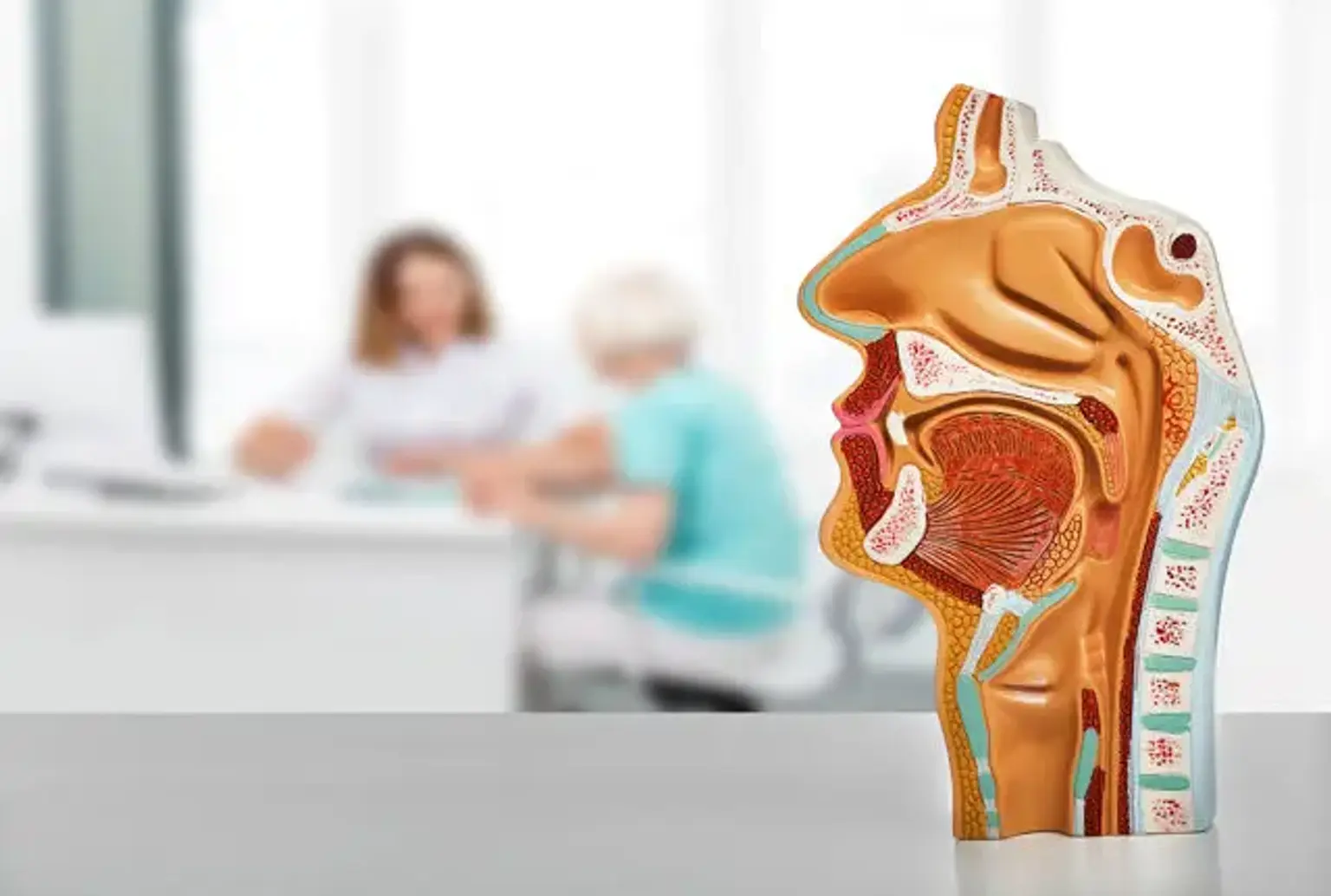Laryngotomy
Whether blocked, traumatically damaged, or externally crushed, the acute airway necessitates immediate treatment. Acute airway treatment has been documented. Despite advances in our understanding of the structure, physiology, and disease causation, managing the acute airway remains difficult. Acute airway obstruction can occur in the prehospital context, as well as in the emergency department, intensive care units, and operating theaters. Acute airway management may be entrusted to clinicians at different stages of clinical development. Moreover, developments in technology and anesthesia have enabled a greater number of professionals to deal with acute airway obstructions.
In the treatment of the acute airway, the thoracic surgeon, particularly, has an extra responsibility. Post-intubation tracheal stenosis and cancerous airway lesions are the most prevalent tracheobronchial trunk diseases that can lead to life-threatening airway blockage if not managed and monitored adequately. As a result, thoracic surgeons are responsible for the proper and meticulous treatment and follow-up of these patients.
To be skilled at respiratory support, the practitioner must be familiar with the airway's important anatomical, physiological, and pathological aspects. They should also be familiar with the numerous tools and approaches designed for this goal. It's also crucial to understand the indications, contraindications, and risks of endotracheal intubation. Understanding how to assess the confirmation of correct endotracheal tube placement is critical. It's also important to understand the distinctions between adult, pediatric, and neonatal airways, as well as difficult airways, as these can have a major effect on airway safety and effectiveness.
There are three types of laryngotomy: superior laryngotomy (thyrohyoidotomy or sub-hyoid laryngotomy), median laryngotomy (thyrotomy), and inferior laryngotomy (cricothyroidotomy or cricothyrotomy).
